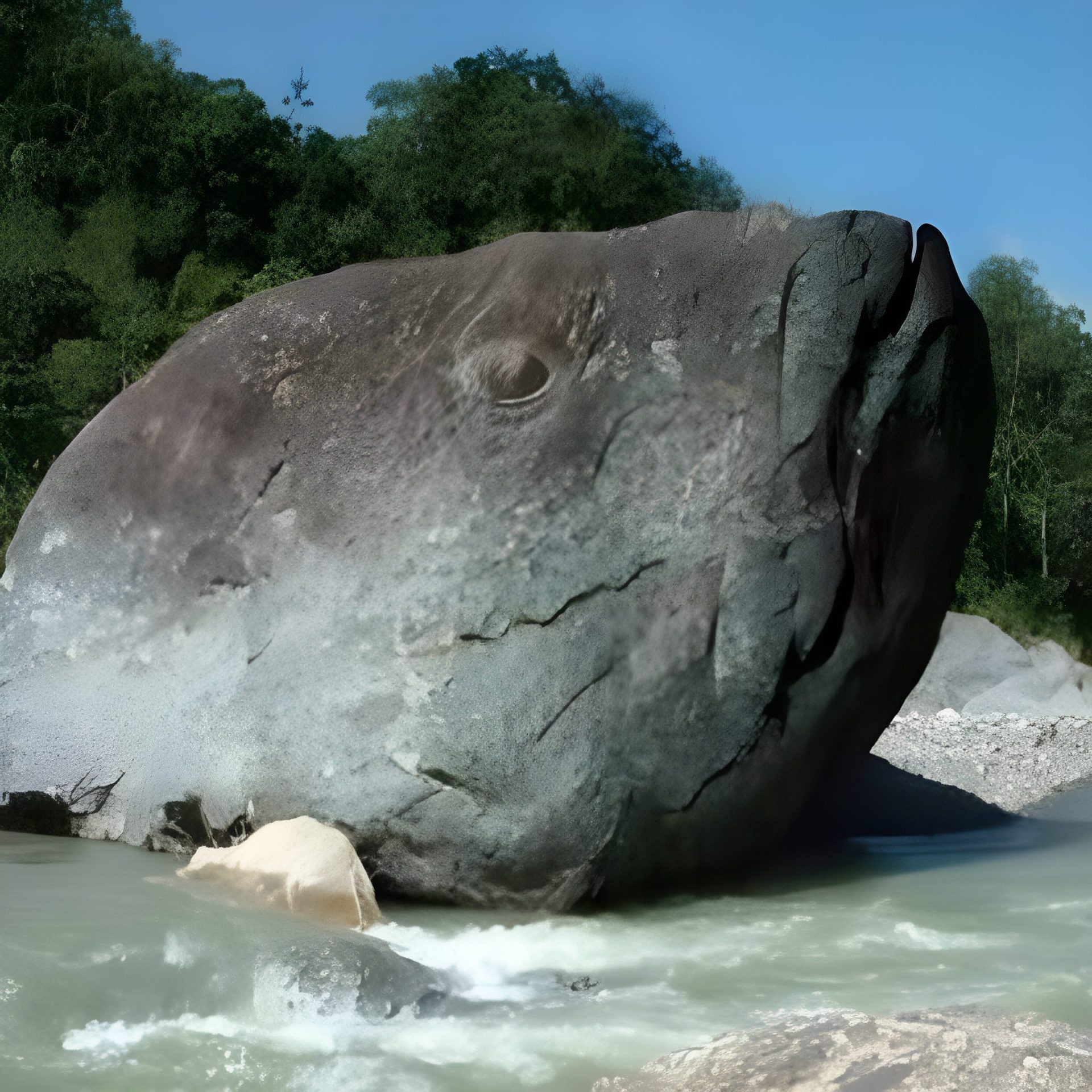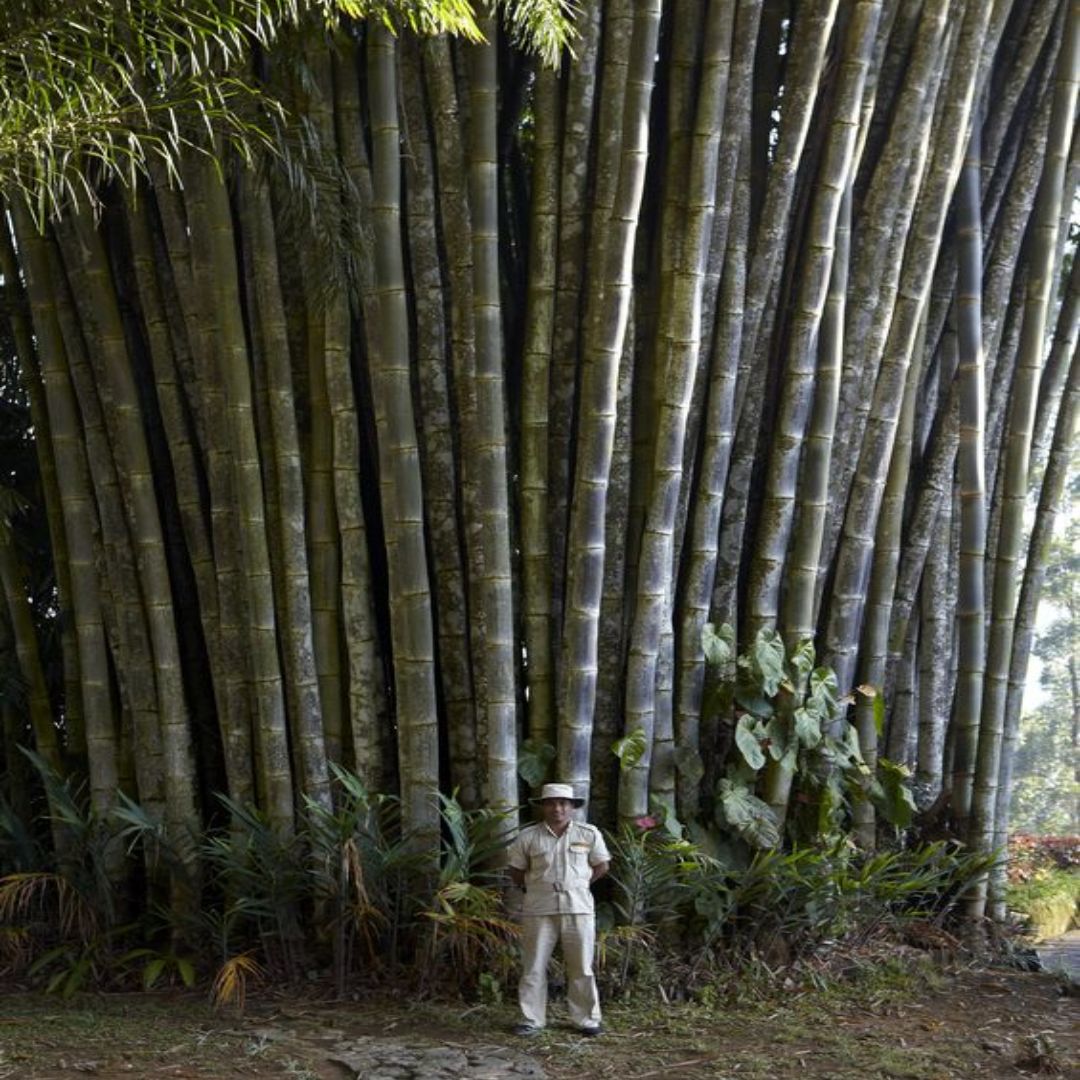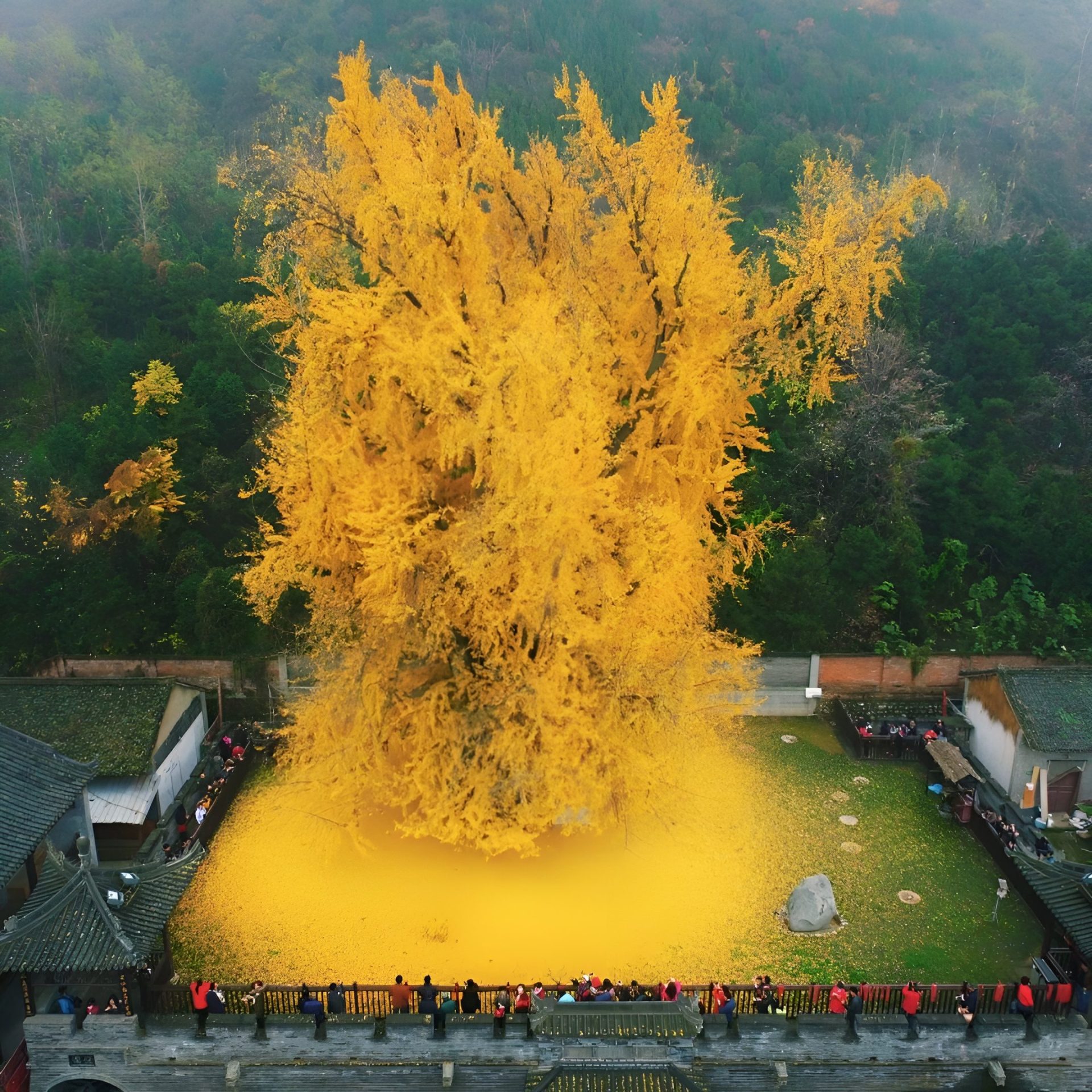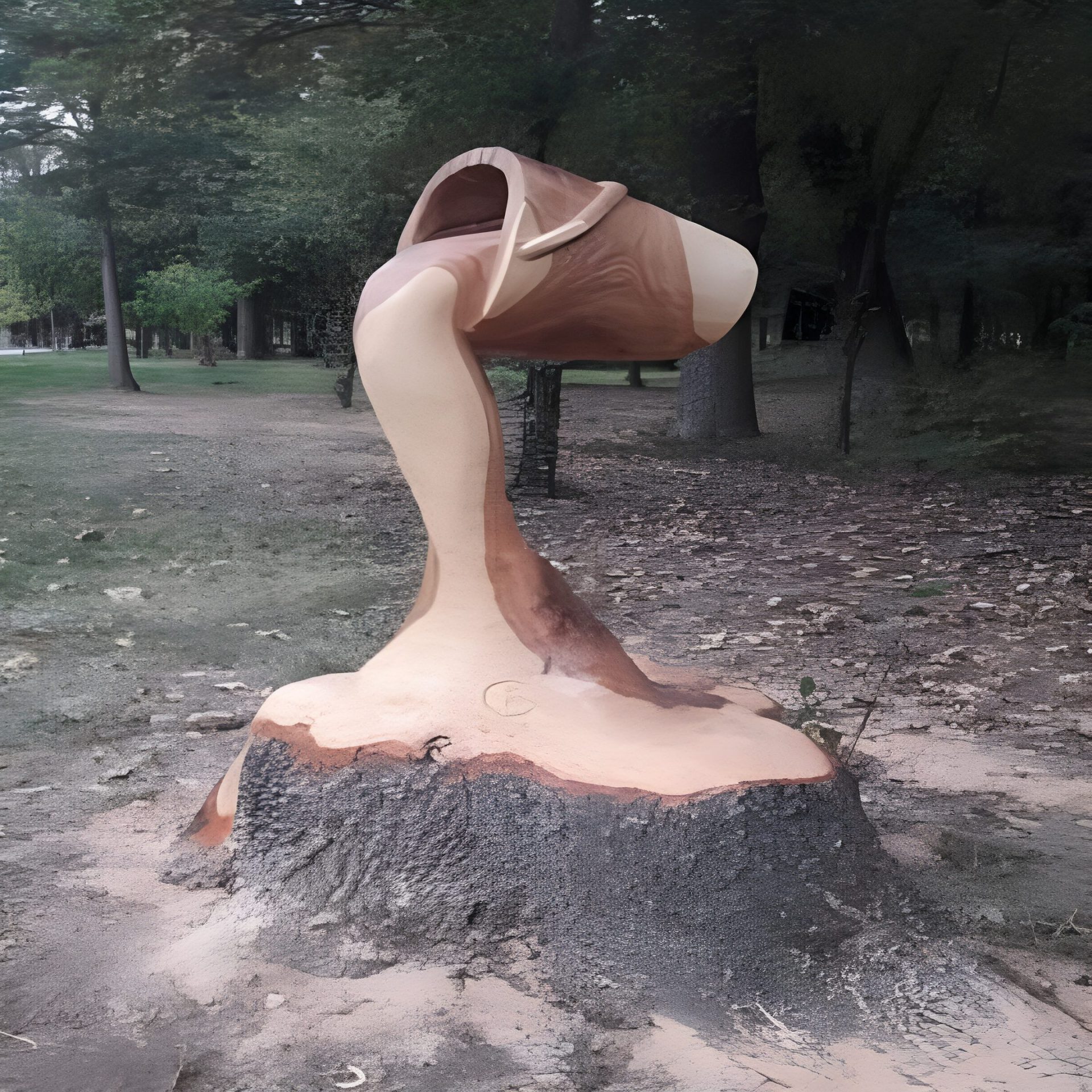Legend says that they are footprints of the gods, others believe that they are UFO landing sights, and scientists have their own theories, but the truth is that no one really knows how the fairy circles dotting the Namib coastal desert came to be.
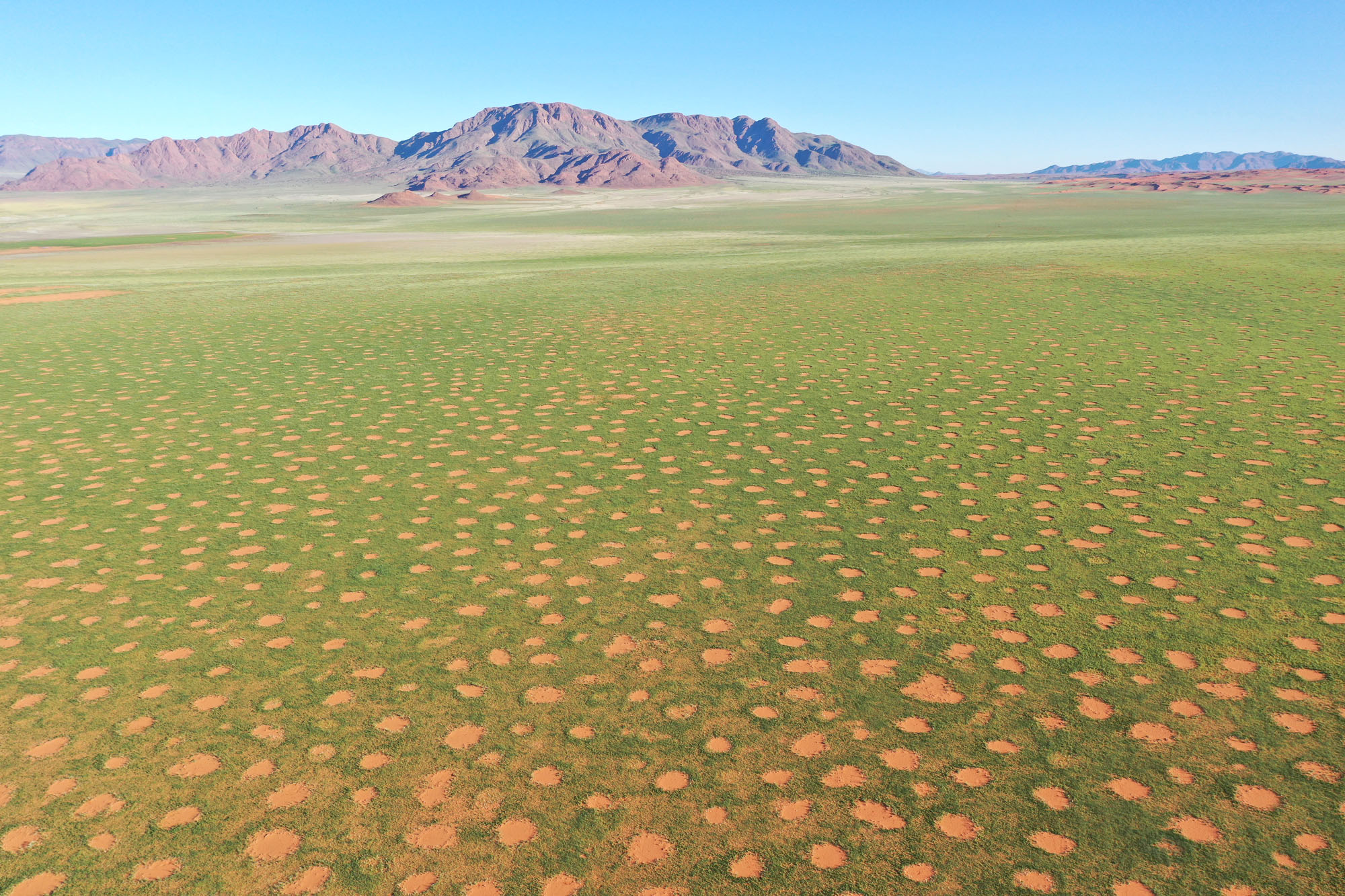
Fairy circles are uniformly distributed round gaps in arid grassland across the Namib which look like polka dots on fabric when see from the air. Until 2014, they were known to only occur along the Namib Desert in southern Africa, but then almost identical formations were discovered near the mining town of Newman in Western Australia. Still, the fairy circles of Namibia remain the most famous and fascinating to the scientists who have studied them since the 1970’s. Theories about their formation and purpose abounds, but so far no one has been able to prove beyond a shadow of a doubt that theirs is the true answer to this decades-old enigma.
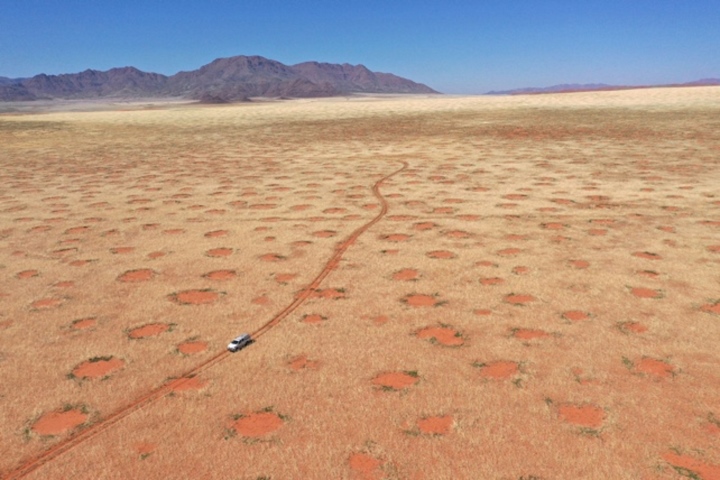
“It’s a circular area that is bare, there’s nothing on it, and there’s this ring of grass around it,” Eugene Marais, Research manager at the Gobabeb-Namib Research Institute, describes the average fairy circle. “When you look at it from the air or from high points it almost looks like measles spots.”
Scientists have been trying to explain the reason why this barren circles exist for decades, and even though science has come so far since the 70’s, we’re still having problems understanding this mysterious natural phenomenon. As Prof. Marais says, “we are sitting with something that should be so easy to explain, and yet finding an acceptable explanation where you can show what is causing it is proving surprisingly difficult”.
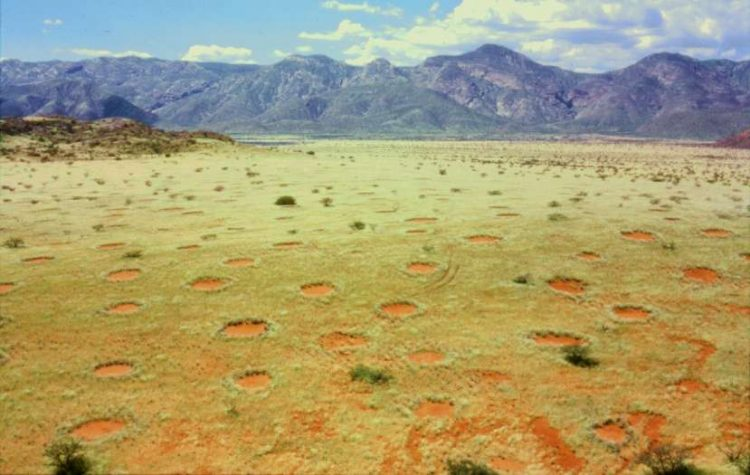
Apart from the mystical and sci-fi explanations like fairies dancing in the circles and preventing vegetation from growing, or UFOs landing in the desert at night, there are several plausible explanations of why the fairy circles exist.
Some scientists are convinced it has something to do with the termites that make the Namib their home, and research has shown that there are termite colonies under most of these barren circles bordered by vegetation. The theory goes that termite colonies invade and conquer each other, but when similarly-sized colonies meet, they can’t annihilate each-other, so they create these buffer “no termite’s land” between them.
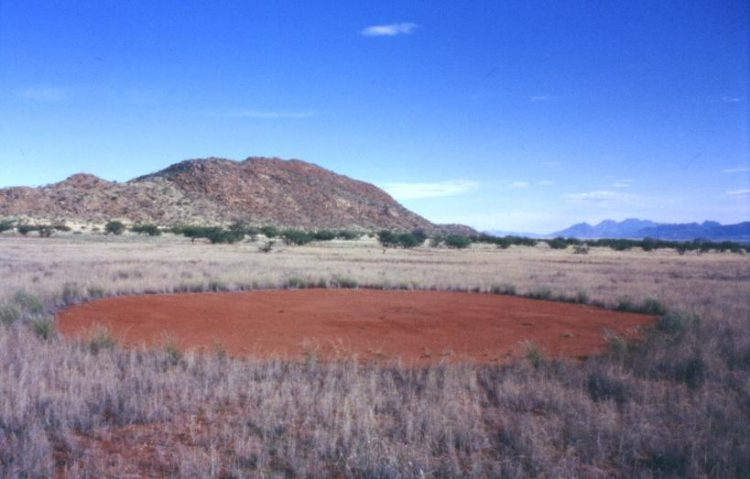
Another plausible theory is that the fairy circles are the result of plants’ competition for the scarce water that falls in the Namib every year. Plants help their nearest neighbors by creating shade and maintaining water on the soil’s surface, but hinder the growth of other further away by growing long roots and extracting water from the soil.
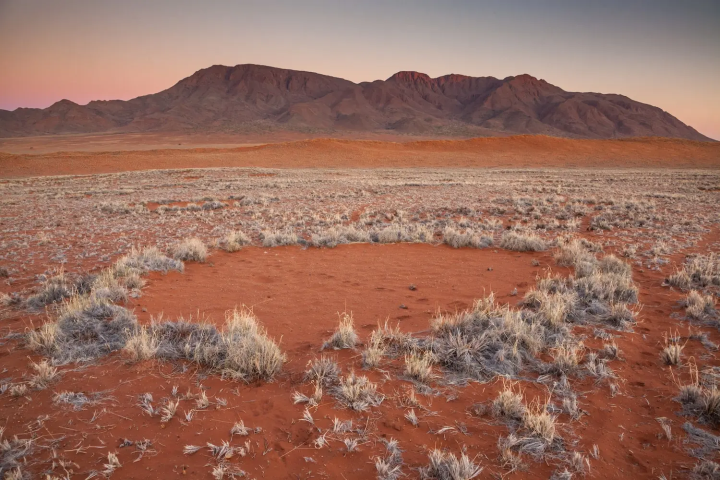
There are also those who believe that the Namib’s fairy circles are somehow connected to the toxic Euphorbia bushes that grow in the Namib, as some remnants of these plants have been found in fairy circles. But the truth is that no one known for sure if any of these theories is the right one, or if the answer is actually a combination of theories.
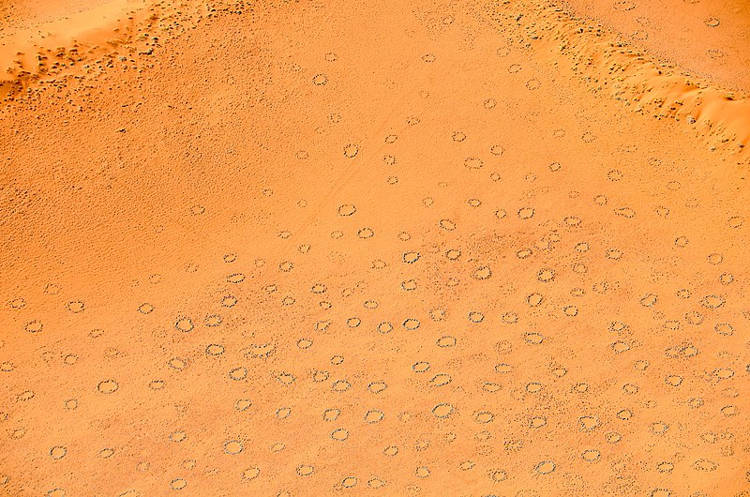
Research carried out on the newer fairy circles in Australia found that termites didn’t cause the barren patches, but that they were the result of abiotic processes such as mechanical weathering of the soil by heavy rain in cyclones, extreme heat and evaporation.
“The vegetation gaps caused by harvester termites are only about half the size of the fairy circles and much less ordered,” explains Dr. Stephan Getzin from the University of Göttingen. “And in most cases, we didn’t even find any hard subterranean termitaria that elsewhere in Australia prevent the growth of grasses.”
The enigma of the fairy circles is yet to be solved, and although scientists have definitely made progress since the 1970’s, we may never really know what the purpose of these formations is.
Source: lovewildanimals.com
